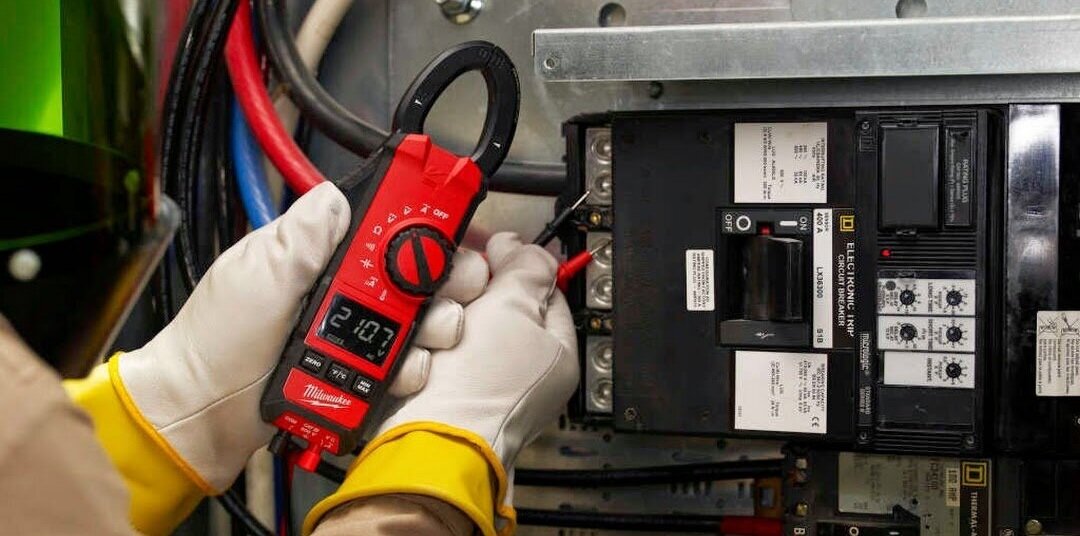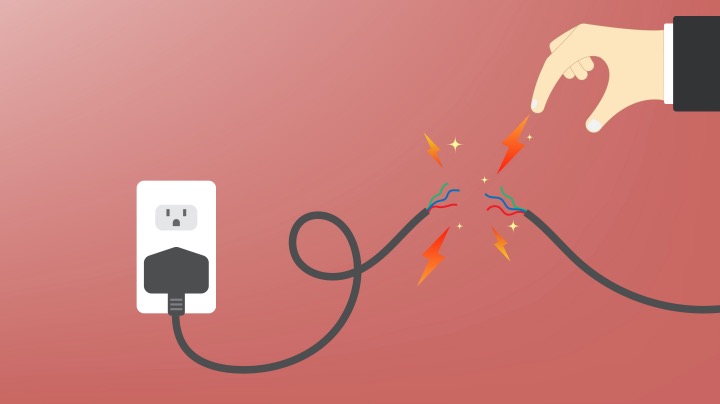Business-focused mechanical engineering industry support solutions.
Business-focused mechanical engineering industry support solutions.
Blog Article
Leading Tips for Effective Electrical System Troubleshooting
Repairing electrical systems requires a systematic approach, grounded in a detailed understanding of electric concepts and safety and security protocols. The nuances of efficient fixing prolong past plain technological expertise; understanding how to record findings and prioritize safety can considerably influence results.
Understand the Essentials
Recognizing the essentials of electric systems is important for effective troubleshooting, as a strong foundation permits specialists to diagnose and fix problems much more successfully. A detailed grasp of electrical principles, such as voltage, existing, resistance, and power, is critical in recognizing the origin of problems. Voltage is the electrical possible distinction that drives present through a circuit, while resistance opposes the circulation of current, affecting the general performance of the system.
Knowledge with circuit components, including resistors, capacitors, diodes, and switches over, is also paramount. Each element plays a distinct function in circuit behavior and can impact performance when malfunctioning. In addition, understanding collection and parallel circuit setups is crucial, as these arrangements influence the circulation of voltage and present within the system.
Furthermore, expertise of security methods is important. Technicians need to understand potential threats, such as shock and short circuits, to carry out safe troubleshooting methods. By understanding these foundational concepts, professionals enhance their capability to perform effective diagnostics and repair services, ultimately resulting in improved efficiency and integrity of electrical systems. This foundational understanding is the keystone of successful troubleshooting endeavors.
Gather Necessary Devices
Effective troubleshooting of electric systems needs the ideal collection of tools to identify and fix issues accurately. Crucial tools include a multimeter, which gauges voltage, present, and resistance, allowing for precise analyses of electrical components.
In addition, shielded hand tools such as screwdrivers, pliers, and wire pole dancers are important for safely controling electrical links. It is likewise recommended to have a circuit tester accessible to confirm the presence of voltage in electrical outlets and wires. For even more facility systems, a thermal imaging electronic camera can aid discover overheating components, suggesting potential failings.

Follow a Methodical Technique
Having actually collected the appropriate tools, the following action in repairing electric systems is to adhere to an organized approach. A methodical method makes sure that service technicians can recognize mistakes successfully and properly, minimizing downtime and preventing unneeded repair services.
Begin by examining the system's schematic representations and specs. This involves monitoring each component systematically, beginning from the power resource and working towards the lots.
Use testing tools, such as multimeters and oscilloscopes, to gather objective information regarding voltage, current, and resistance at numerous factors within the system. This empirical evidence will certainly lead your troubleshooting initiatives and help to verify or eliminate possible reasons for failure.
In addition, think about environmental factors that might influence the system's performance, such as temperature level fluctuations or dampness ingress. A comprehensive examination of circuitry, connections, and components will certainly guarantee that all opportunities are accounted for.
Record Your Findings
Extensive documentation is necessary in the troubleshooting procedure of electric systems. Precise records enhance the efficiency of determining persisting issues and help with interaction amongst employee. Each finding must be meticulously noted, including signs and symptoms observed, tests carried out, and the end results of those tests. electrical system troubleshooting. This method not click to investigate just aids in comprehending the source of the trouble but likewise offers as a reference for future fixing initiatives.

Additionally, maintaining a log of parts changed or repair services done is indispensable. This info sustains supply management and can assist examine the longevity and dependability of particular parts.
Inevitably, the documentation process ought to be detailed yet succinct, allowing easy access and evaluation - electrical system troubleshooting. By prioritizing thorough paperwork, service technicians can create a beneficial data base that not only help in existing troubleshooting however also encourages future maintenance initiatives, thus boosting general system integrity

Prioritize Safety And Security Steps
Identifying the intrinsic risks connected with electrical systems is critical for making sure safety and security during troubleshooting. Electric shock, burns, useful content and equipment damage are simply a few of the prospective threats that specialists encounter. Prioritizing security actions is not only a legal commitment yet additionally an ethical critical that safeguards both the specialist and the surrounding setting.
Prior to commencing any troubleshooting task, technicians ought to put on ideal personal protective devices (PPE), including protected handwear covers, safety glasses, and flame-resistant clothes. Making sure that the workplace is dry and devoid of clutter can dramatically reduce the danger of mishaps. It is crucial to de-energize circuits prior to starting any kind of job, validating that they are not live via the usage of a multimeter or voltage tester.
Developing clear interaction procedures with staff member is likewise vital; this ensures that everyone understands prospective hazards and the status of the electric system being dealt with. Lastly, having an emergency response strategy in place can verify very useful in the event of see a case. By focusing on precaution, technicians can successfully minimize risks and foster a more secure office.
Final Thought
Effective electrical system repairing depends on a comprehensive understanding of essential concepts and a methodical method. By gathering vital devices, sticking to systematic analysis techniques, and meticulously documenting findings, the troubleshooting process comes to be extra efficient and reliable. Prioritizing precaution makes certain the well-being of individuals entailed and the honesty of the electric system. Carrying out these approaches will certainly improve the troubleshooting experience, bring about quicker resolutions and enhanced functional efficiency in electrical systems.
Report this page